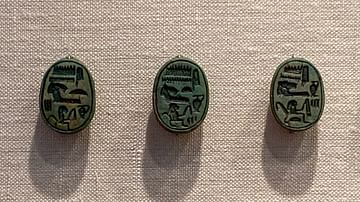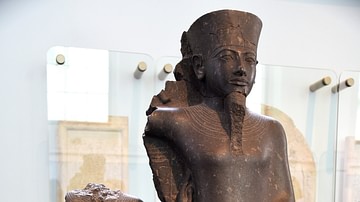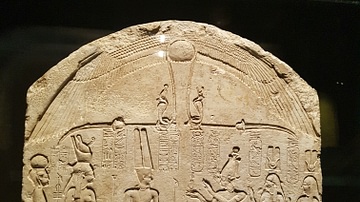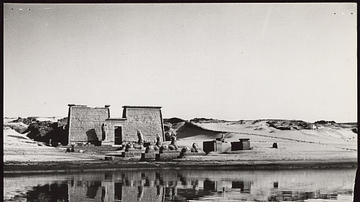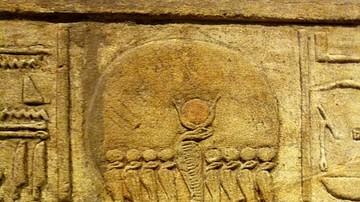Illustration
Detail of Hatshepsut, Eighteenth dynasty of Egypt, c. 1473-1458 B.C. Indurated limestone sculpture at the Metropolitan Museum of Art, New York City.
Hatshepsut is depicted in the clothing of a male king though with a feminine form. Inscriptions on the statue call her "Daughter of en:Re" and "Lady of the Two Lands." Most of the statue's fragments were excavated in 1929, by the Museum's Egyptian Expedition, near Hatshepsut's funerary temple at Deir el-Bahri in Thebes. The torso had been discovered in 1845, taken to Berlin, and acquired by the Museum in 1930.
Cite This Work
APA Style
Postdlf. (2012, April 26). Hatshepsut. World History Encyclopedia. Retrieved from https://www.worldhistory.org/image/178/hatshepsut/
Chicago Style
Postdlf. "Hatshepsut." World History Encyclopedia. Last modified April 26, 2012. https://www.worldhistory.org/image/178/hatshepsut/.
MLA Style
Postdlf. "Hatshepsut." World History Encyclopedia. World History Encyclopedia, 26 Apr 2012, https://www.worldhistory.org/image/178/hatshepsut/. Web. 29 Jun 2025.


